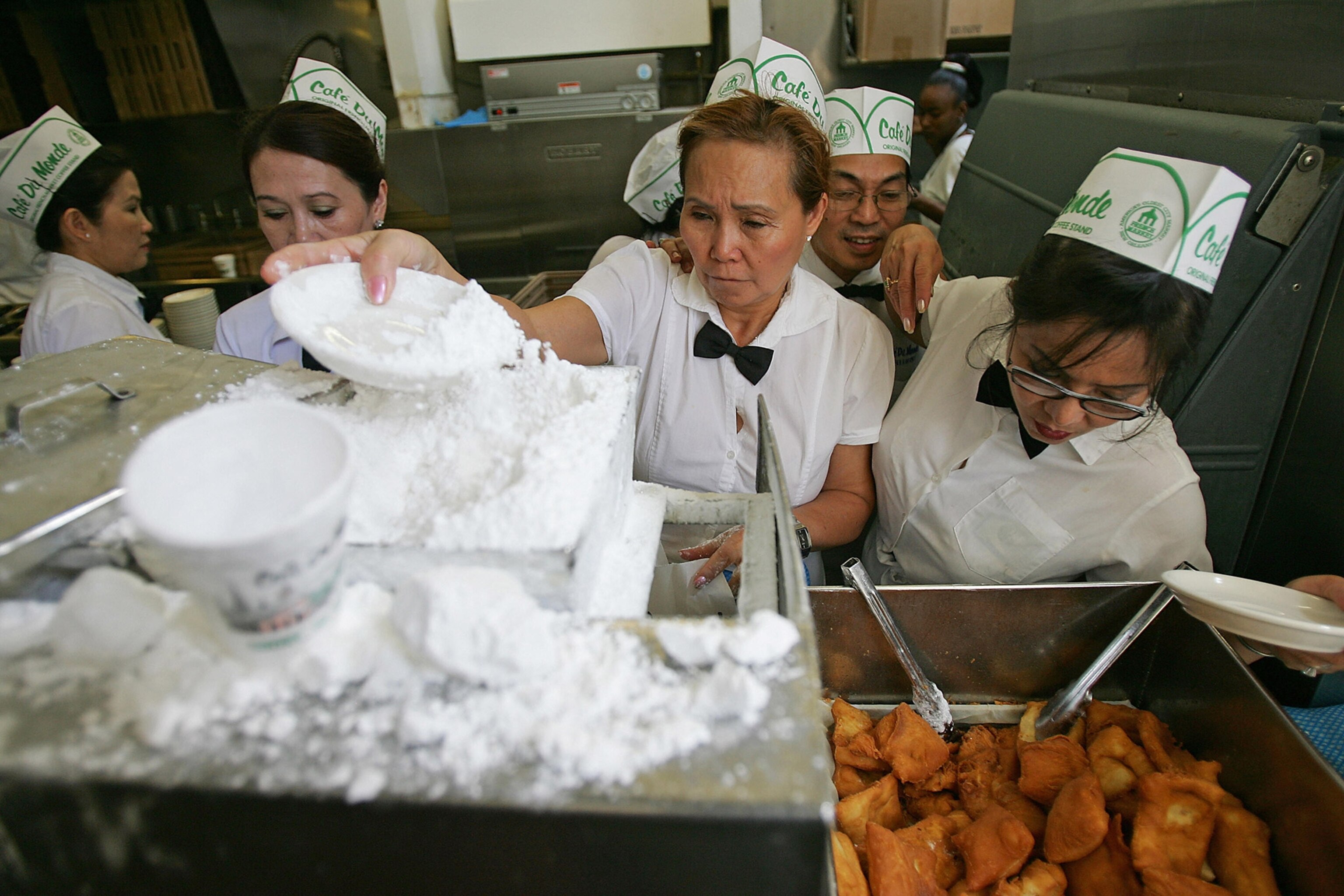
See New Orleans like a Nat Geo Explorer
From cultural etiquette to the best eats, take advantage of these insider tips to the Big Easy.
New Orleans is just as joyous, historic, and offbeat as people say it is. Tourists tend to have high expectations, and the city delivers. People are captivated by Carnival, jazz, and Creole cuisine. There is a confluence of soul, music, and spirit that can only happen in New Orleans. While the city is not without its blemishes, it has a warmth and joie de vivre exclusive to my hometown.
My work
I received a National Geographic grant to conduct an oral history project about the New Orleans Ninth Ward neighborhood. While Hurricane Katrina inspired me to document the area, the storm was not the focus of my project. I interviewed residents and recorded stories about historic events weathered in the community from prohibition to desegregation to Katrina. I have donated this work for exhibit and my book, An Oral History of the New Orleans Ninth Ward, came out last year.
What's in my bag
Jazz Fest can be muddy. Pack rain boots—the more colorful the better. Don’t wear black when you eat beignets; you may end up dusted in powdered sugar. Bring comfortable shoes for walking and dancing. To combat the heat and humidity, New Orleans cranks up the air-conditioning. So, as counterintuitive as it sounds, bring a cardigan or sweater for restaurants and museums.
Traditional crafts
New Orleans’ best known artisan market is the French Market. It’s been around for more than 200 years. From souvenirs to drinks to local art, there is something for everyone. You should also grab coffee or a bite to eat at Auction House Market, St. Roch Market, or Pythian Market.

Local etiquette
Everyone gets beads at Mardi Gras; you never need to flash. Risqué costumes, on the other hand, can be totally cool in the French Quarter and at adult Carnival observations, like Krewe Du Vieux. Remember that it’s not always Mardi Gras; Carnival happens only once a year. So, don’t expect Mardi Gras parades in July. And bachelor party behavior isn’t usually acceptable off Bourbon Street. Mardi Gras is a cultural holiday with deeply rooted customs. We want you to have a good time, but be respectful of our traditions and the venues you visit.
If there’s live music, dance! One of the most striking things I’ve noticed outside New Orleans is the lack of dancing at live music shows. In New Orleans, it’s always acceptable to dance—even if you’re the only one.
Oh, and Cajun and Creole are not the same thing.
Reading list
Chris Rose’s 1 Dead in Attic accurately depicts the Katrina experience. I also recommend geographer Richard Campanella’s books about the city and state. A Confederacy of Dunces by John Kennedy Toole is my favorite New Orleans novel. And, of course, there’s also my book, An Oral History of the New Orleans Ninth Ward.

Savor the flavors
For po’boys, check out Mother’s and R&O’s. Everyone should go to Café Du Monde for beignets at least once, but I like Café Beignet too. Don’t skip a muffaletta at Central Grocery, where it was invented by Italian immigrants in New Orleans. Head to Commander’s Palace, Antoine’s, Brennan’s and Galatoire’s for dinner.
Looking for something sweet? During Carnival, try a king cake at Randazzo’s or Dong Phuong. If you still have room, get a cocktail at the Carousel Bar. For something local, order a Sazerac, milk punch, or gin fizz.
Head off the beaten path
Visit the Bywater neighborhood to take a stroll in Crescent Park, have a drink at Bacchanal Wine, and eat at Elizabeth’s or The Joint.
If you go for a walk on Magazine Street, stop by Funky Monkey, Fleurty Girl, and other shops. Dine at The Rum House or Shaya. Enjoy macarons or gelato at Sucré.
Visit New Orleans’ Northshore via the Causeway Bridge, which—at about 24 miles—lauds itself as the world’s longest continuous bridge over water. Take a tour of the Abita Brewery. Check out roadside attraction Abita Mystery House. You can also hop on the rails to trails paved bike path, the Tammany Trace, stretching 31 miles. Bikes are available to rent at Shack De Ville. (There are multiple breweries along the trace: Old Rail Brewing, Covington Brewhouse, Chafunkta Brewing, and the original Abita Beer location, Abita Brew Pub.) Make it an overnighter and stay in a cabin at Fontainebleau State Park.

Cultural heritage
The National World War II Museum is located in New Orleans because of the city’s connection to D-Day. The amphibious landing boats used at Normandy were built in New Orleans and are locally known as Higgins boats.
Preservation Hall is a must-see for jazz fans. Go to Frenchmen Street for jazz clubs, but listen to the street musicians that play outside of them too. They are often just as talented as the groups inside.
Get outside
Visit Jean Lafitte National Park. Located just outside the city, it’s a great way to experience Louisiana wildlife.





